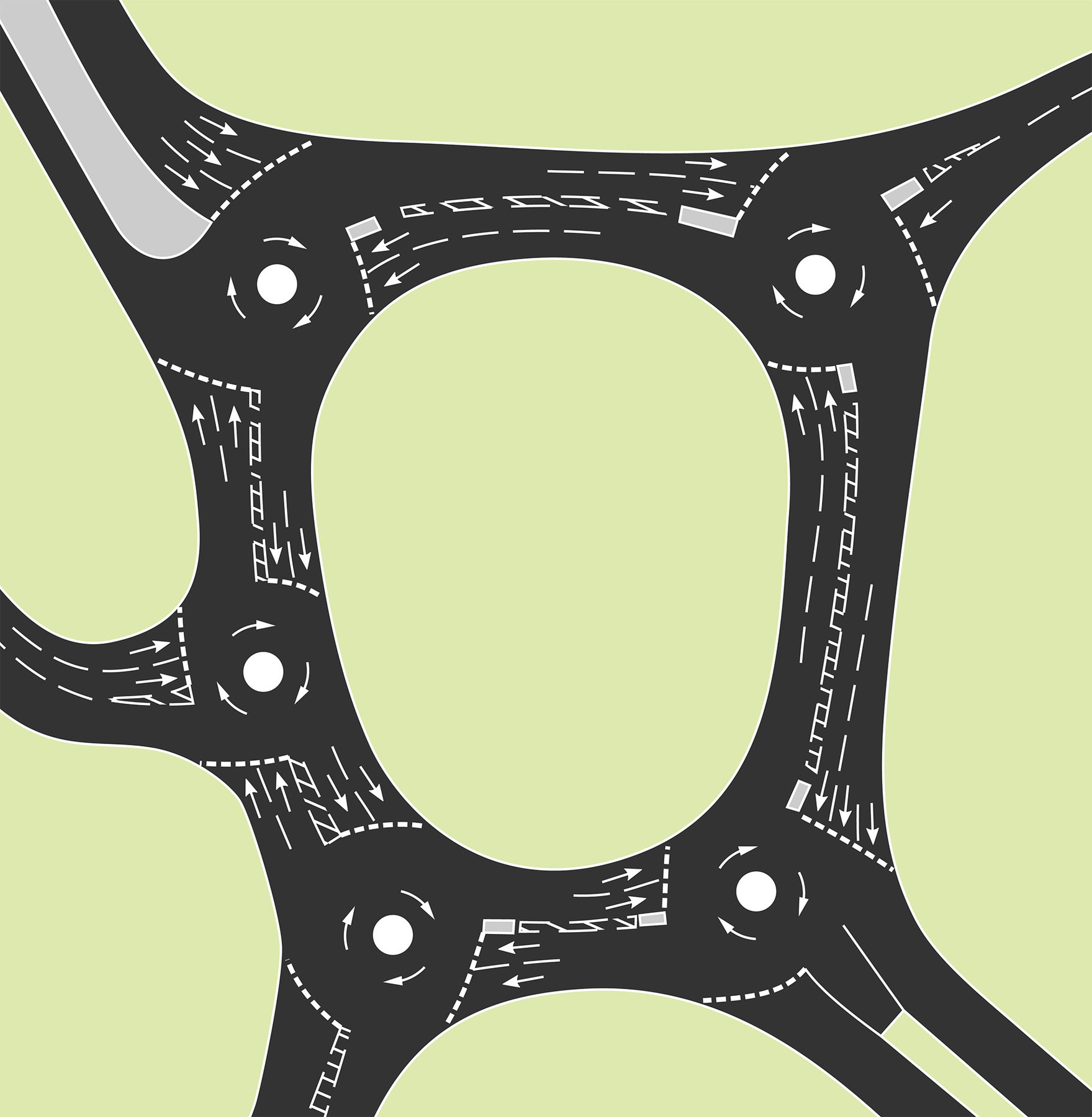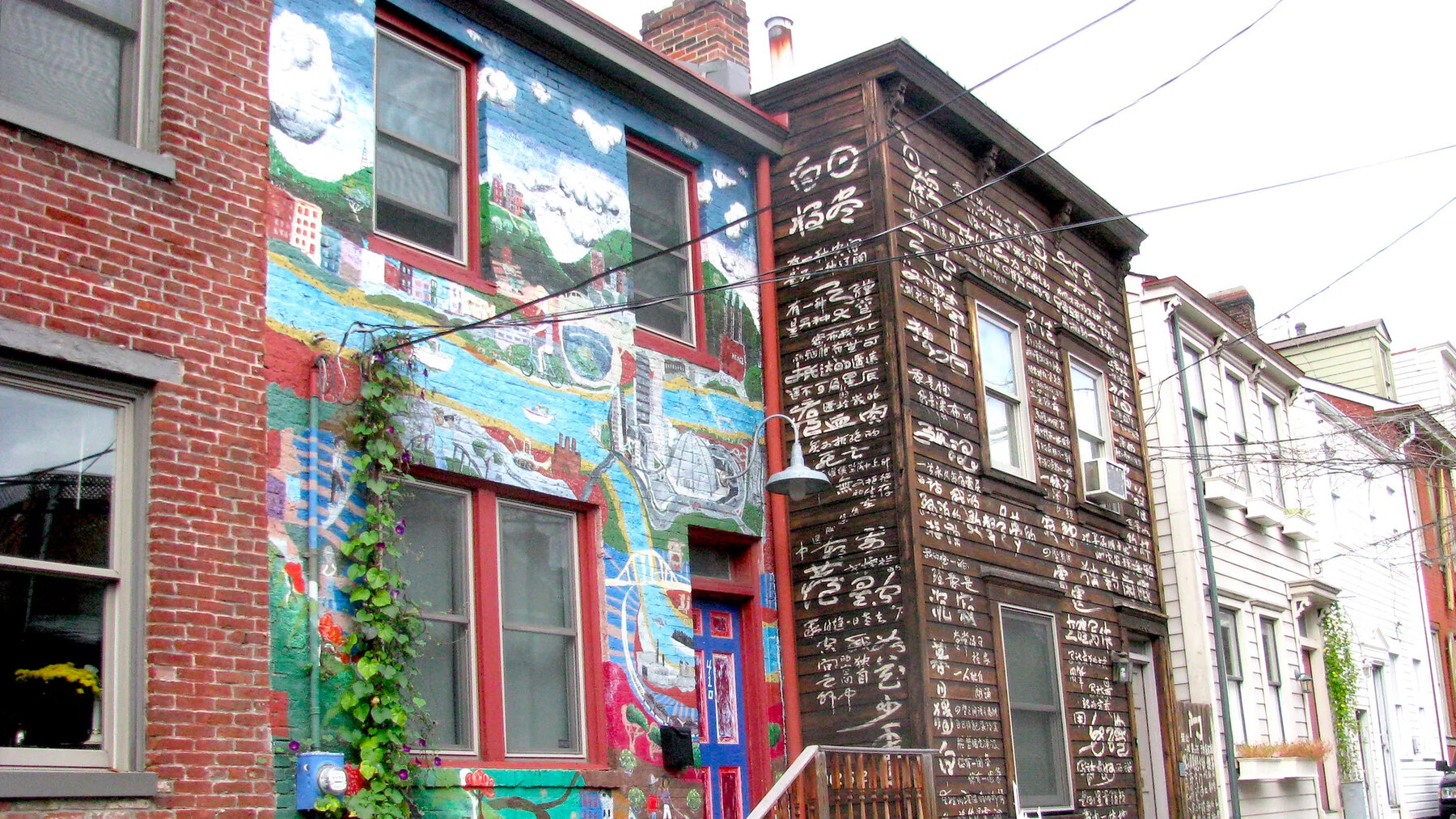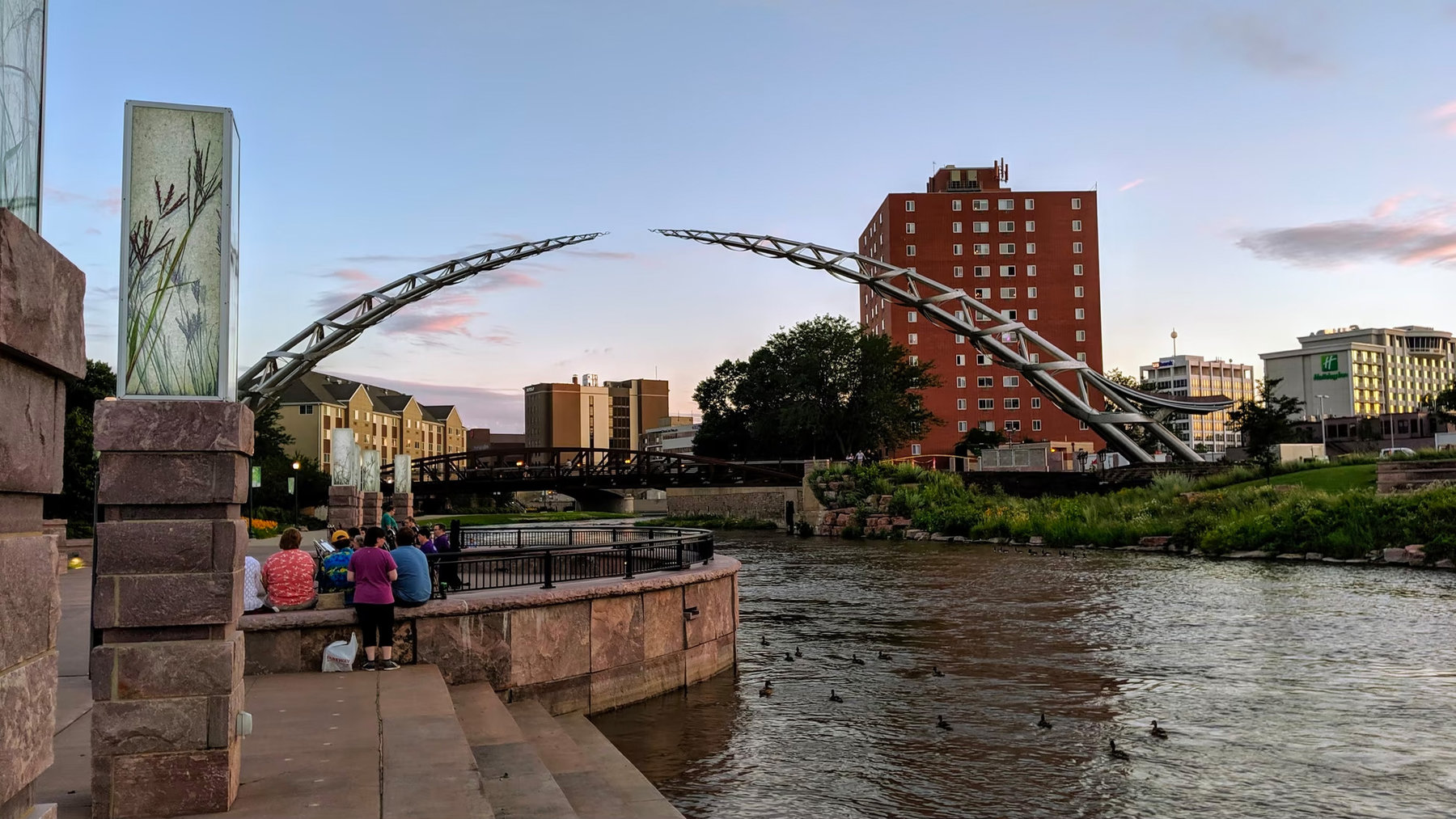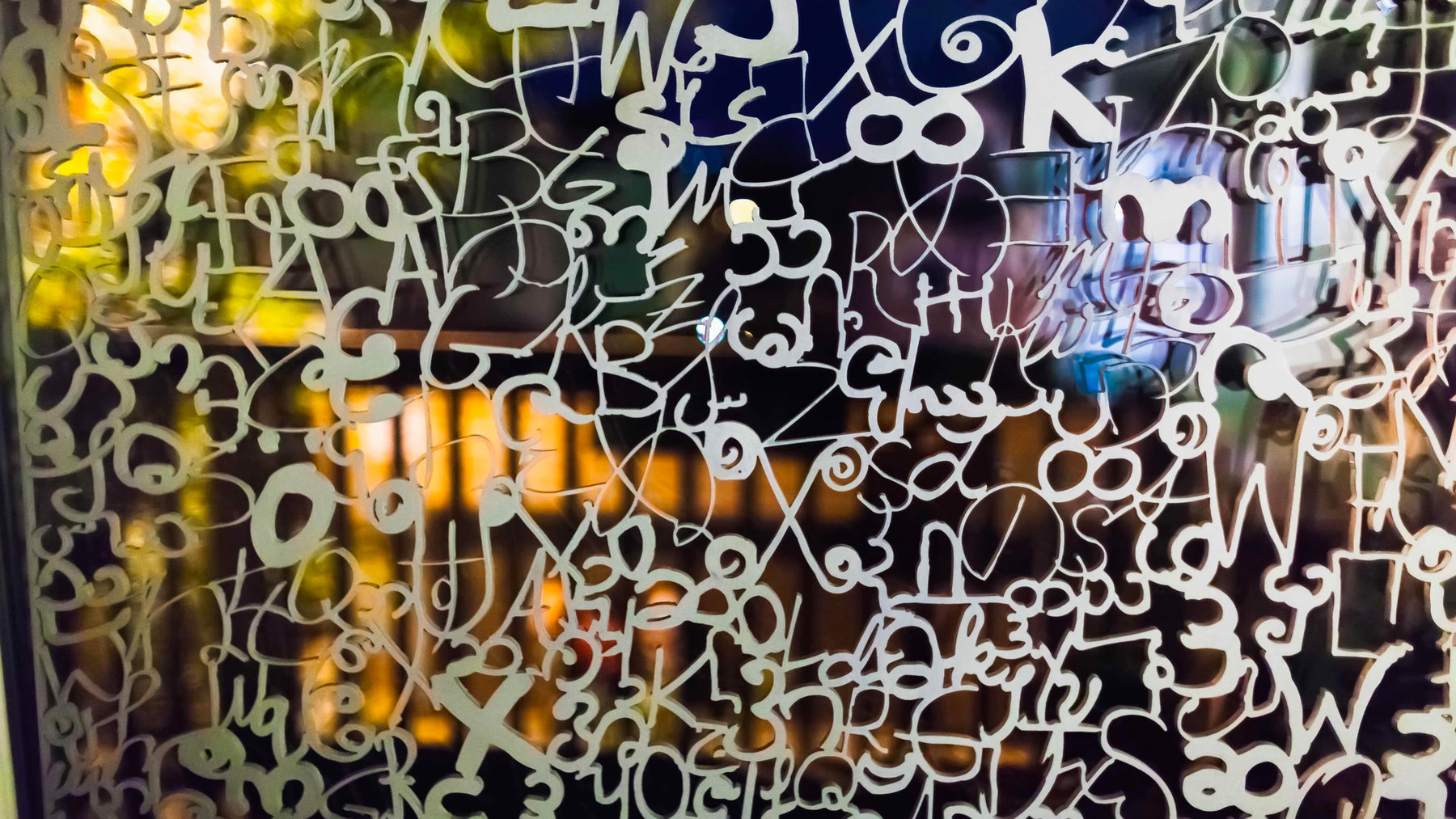The image you see above is a “magic roundabout” in Colchester, England. It includes 5 mini-roundabouts embedded in a giant one. Imagine driving that on the left side of the road!
Roundabout. Traffic Circle. Rotary. According to the Harvard Dialect Study, we Americans are pretty divided about what to call a traffic circle, which is my own word of choice, like nearly 40% of the rest of you.
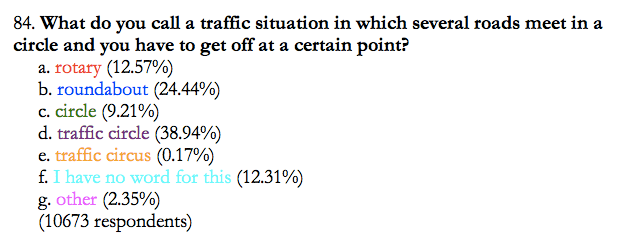
Before we headed to Burlington, Vermont, a few weeks ago, I checked out the same survey’s results on what Vermonters would say:

So, Vermonters are in the heart of New England’s Rotary Country.
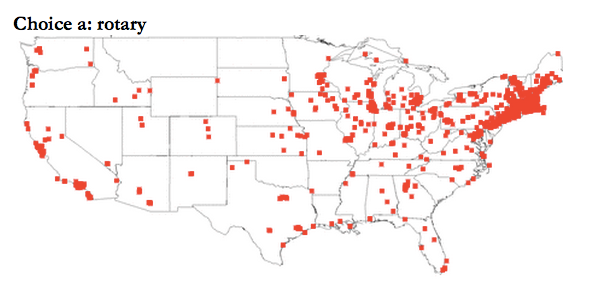
Disappointingly, we didn’t find a single rotary to drive through during our few visits to Burlington. I had hoped to check out the local usage and the signage. But I did learn that there is at least one traffic circle in the area, in next-door Winooski, Vermont. And an articlein the Burlington Free Press managed to include just about every term for traffic circle that they could, as well as a distinct sense that there is no love lost on that particular traffic circle. (The piece was written two years ago, about a then 5-year-old circle):
WINOOSKI — Cathy Simard was steaming Monday morning, parked in her minivan amid car fumes in standstill traffic waiting to get into the downtown Winooski traffic circle.
“I hate this Winooski circle. It’s the stupidest thing they ever did,” she said. “It’s a traffic hazard.”…
The Winooski traffic circle is more complicated than most roundabouts, which have fewer streets feeding into them, fewer pedestrians to deal with and lower traffic volumes, according to traffic engineers…
“I’ve never seen a rotary with a stop light. It definitely defeats the purpose of it,” said commuter Will Telford, 33, as he waited Monday morning.
While my search for Vermont rotary signage didn’t work out, I did discover something else very interesting about the language of signs in Burlington. Something, I think, that suggested reams about the sociocultural landscape of the town.
First, I noticed signs that target two subsets of the upscale population of Burlington: the literati and the affluent Canadian tourists (which may overlap). Just have a look at themed Eat-Pray-Love knock-offs: the savvy bookstore, whose patrons would recognize the allusion; the wine store with their connoisseurs; and finally, the ice cream shop of Burlington’s own favorite sons, Ben & Jerry.


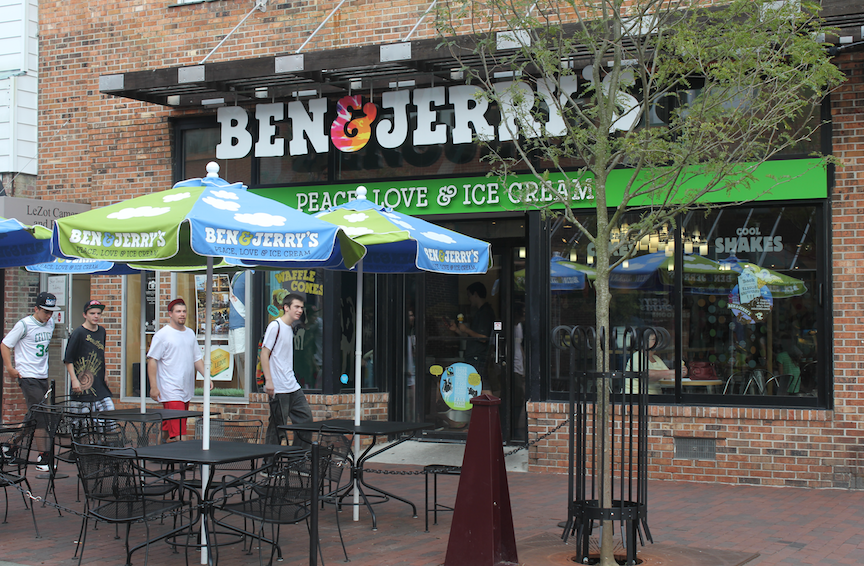
Second, I noticed the bilingual signs, which aim for the French-speaking Canadians who live just a few hours north of Burlington, in Quebec. For any US resident who lives some distance from the Canadian border, it is surprising to see bilingual signs that feature French instead of Spanish. Yes, like other towns, Burlington has its share of ethnic communities and the neighborhood signs in Vietnamese or Nepali or Arabic. But here comes French, albeit in a rather half-hearted outreach of language. Maybe the French-speaking Canadians feel welcome and comfortable by a little visible French, but maybe they feel condescended to by signs I saw like EXIT/SORTIE (Gee, merci, for that help.) and also these:
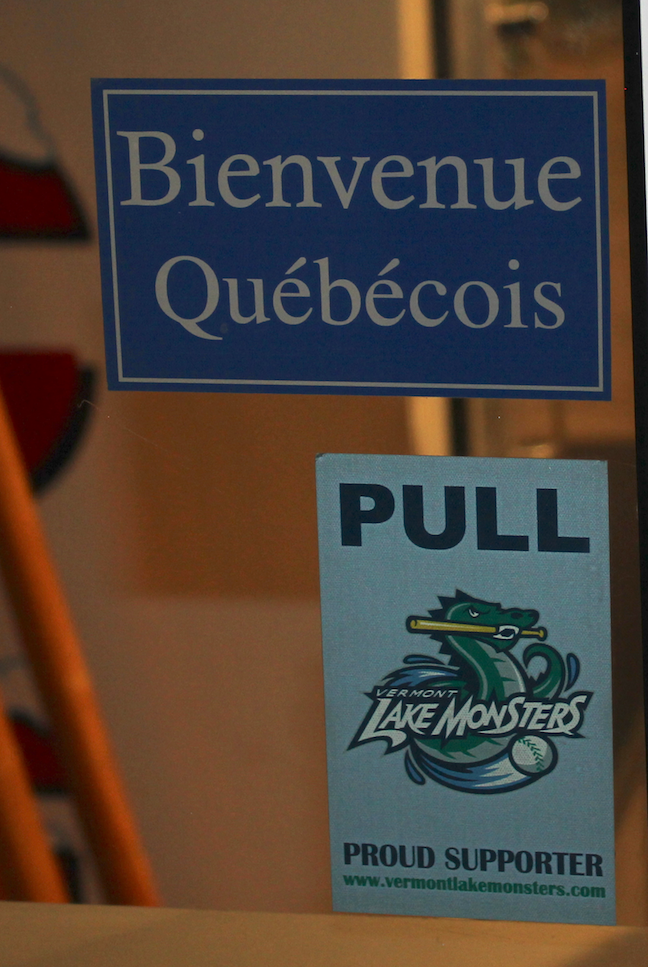
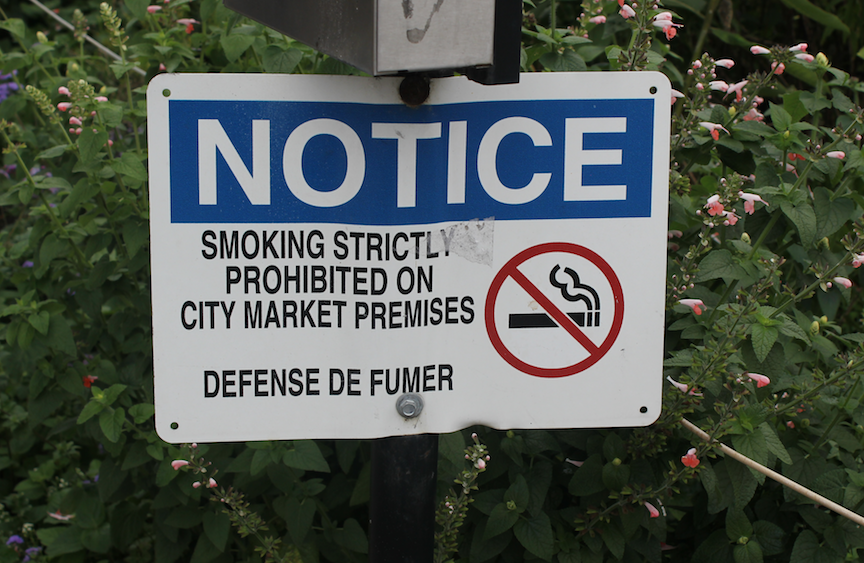
Another collection of signs caught my eye for their negativity and ubiquity. We are all used to seeing the DO NOT category of signs for forbidden things: No Smoking; No Parking; No Outside Food; Keep Off the Grass; etc.
I have a theory on why Burlington has so many signs like this, which I’ll divulge after you’ve had a look. First, a bike stand:
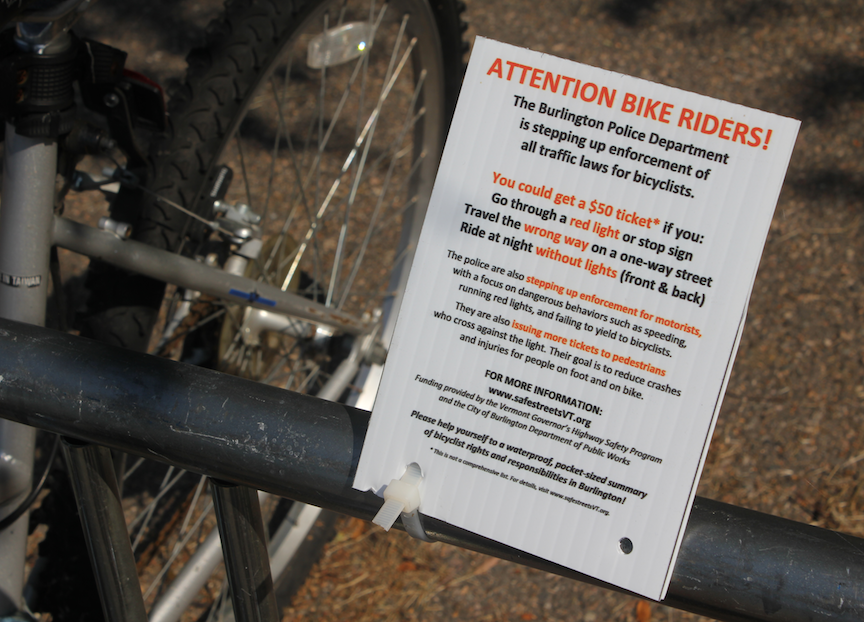
Now, rules of the road, with a dog, and in French!
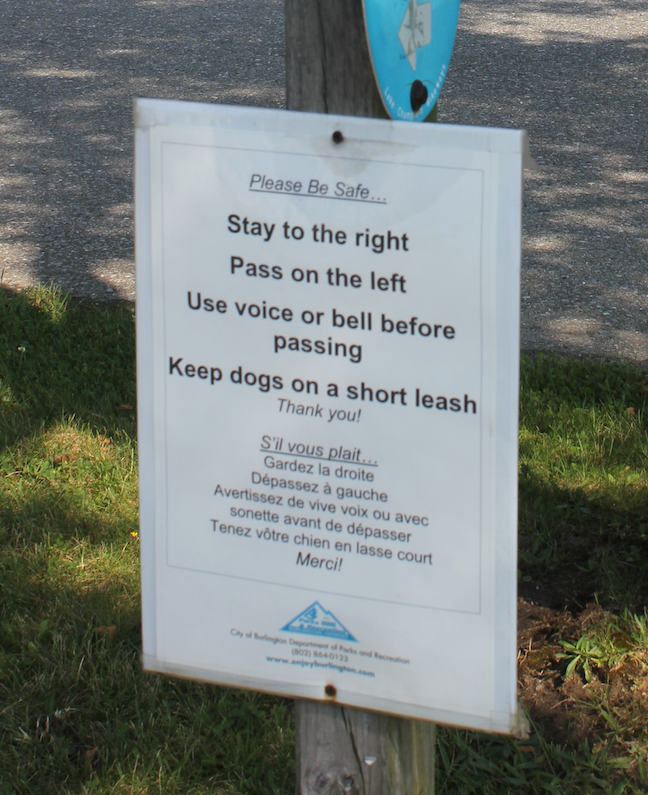
Huh? Maybe CCTA customers are allowed to loiter, if they’re close to the wall?
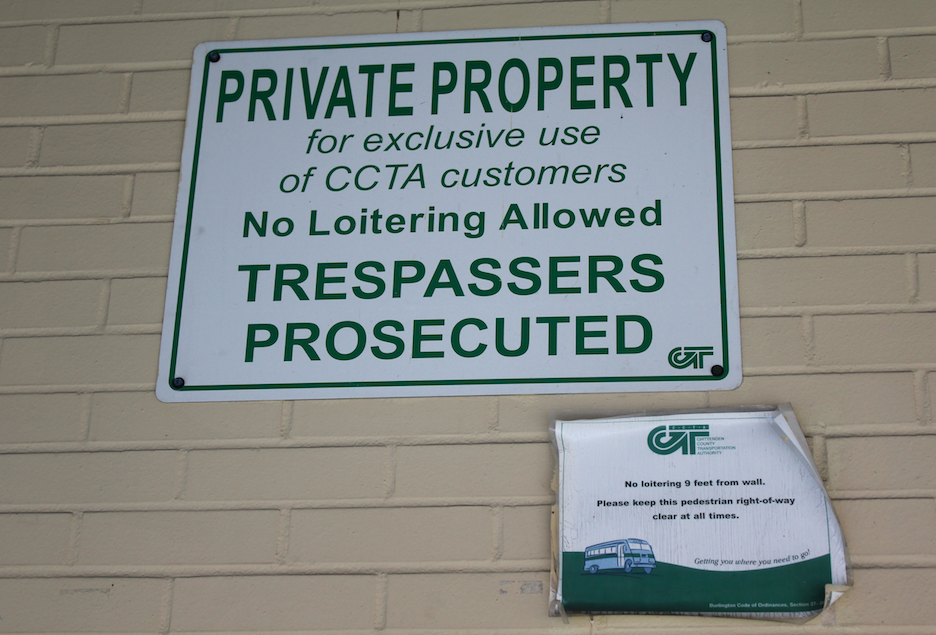
More do’s and don’ts of bus stop behavior.
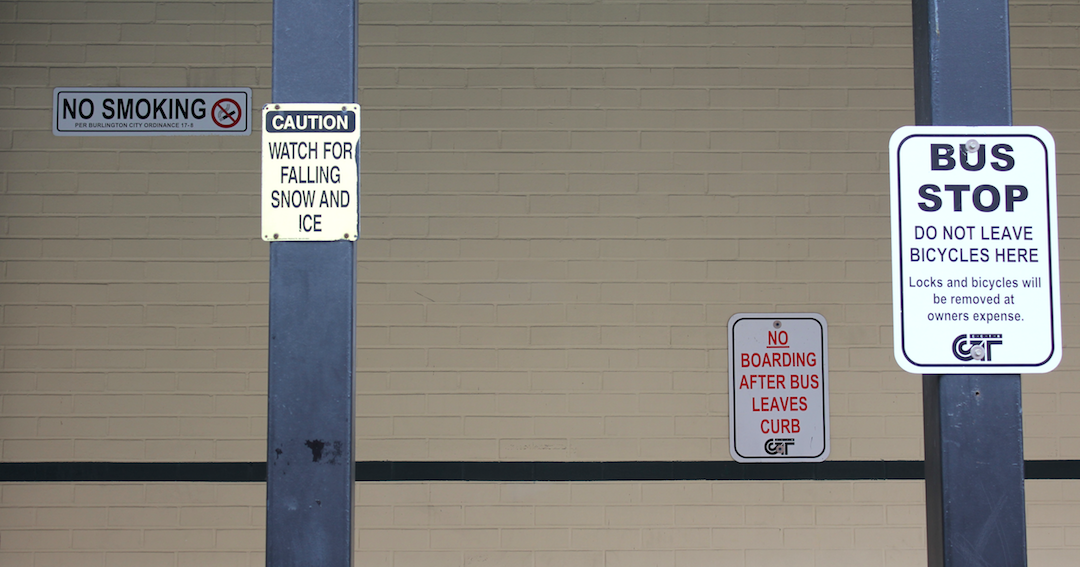
And polite orders at City Hall.
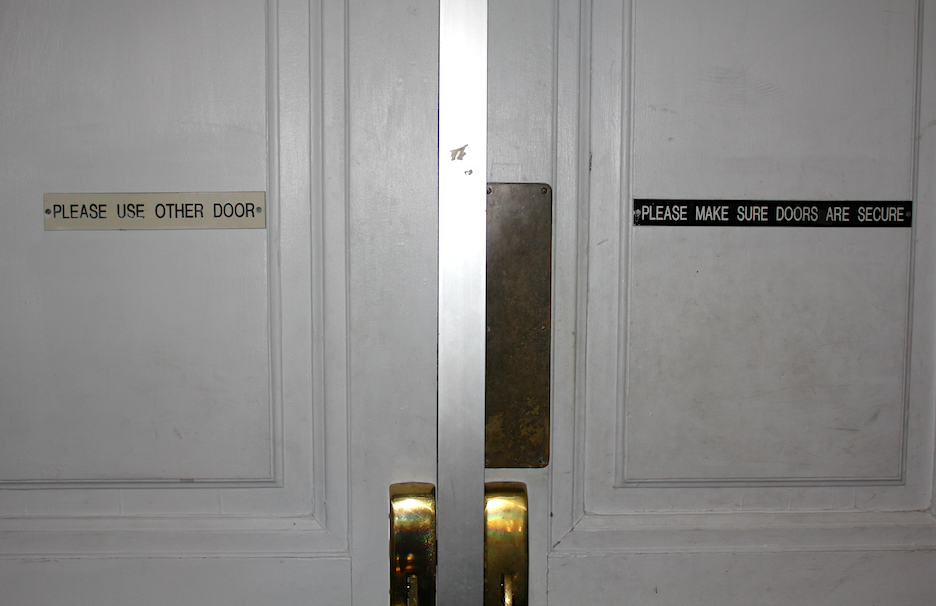
OK, here’s what I think. A few days ago Jim described the “open to the public” mentality you see in many aspects of Burlington. The town strives in its development and its culture to offer everyone – wealthy and hard-up, old-timers and new arrivals — access to the rich offerings of the town. The parts of town where I took the photos of these signs were all in the revitalized parts of town, the newly-developed commercial and recreational areas. When I walked through these areas, I saw plenty of well-heeled folks and at certain times of day, many down-in-the-heel folks as well. It seemed to me that the signs acknowledged that fine, everyone was welcome, but the signs were also very visible as warnings to keep order and maintain good behavior.

